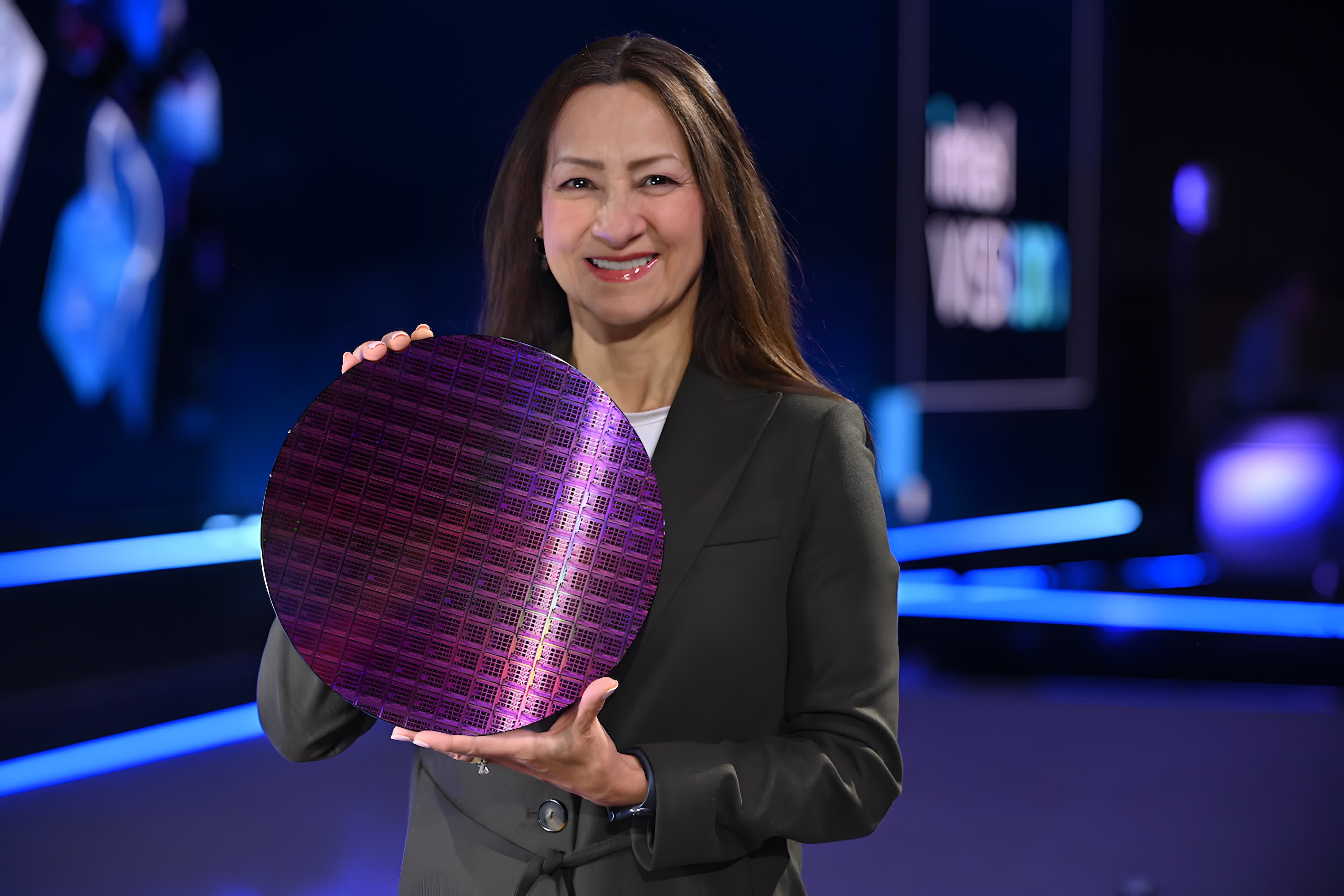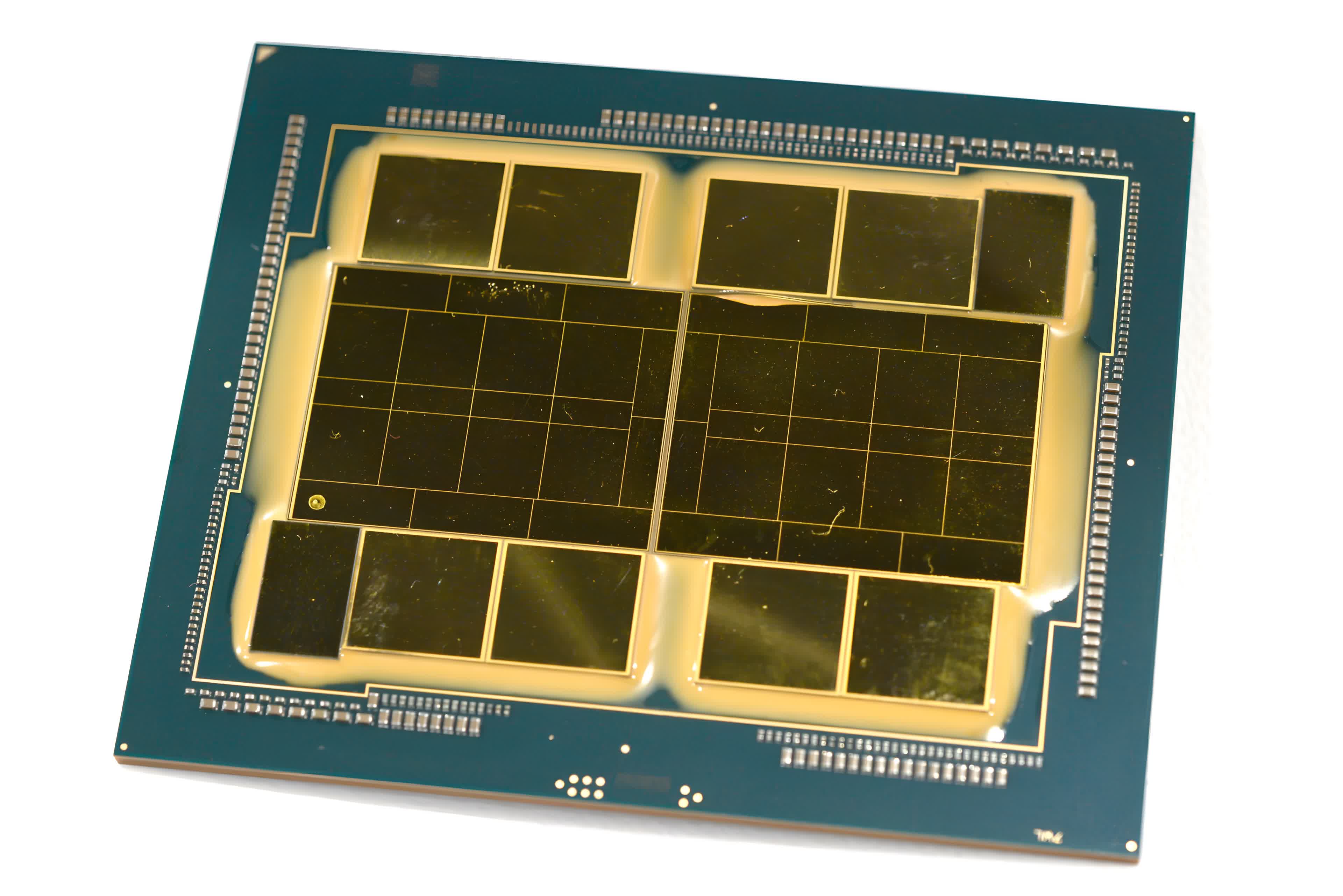Forward-looking: The second day of Intel's Vision 2022 conference was mostly about its software and security efforts, but there was also hardware on display for people who attended the event in person. Among the products showcased were two upcoming Meteor Lake laptop CPUs, Sapphire Rapids CPUs, and Ponte Vecchio GPUs for data centers.
This week, Intel introduced a new wave of 12th-gen Alder Lake mobile CPUs with support for the latest memory and connectivity standards, overclocking, and the vPro management platform. These will power several workstation laptops from brands like HP, Dell, Lenovo, MSI, and Gigabyte.
The new processors aren't the only products to make an appearance at Intel's Vision 2022 event. The company showed off two different CPUs from the 14th-gen Core series that carry the "Meteor Lake" moniker. Sadly, there was no sign of any 13th-gen "Raptor Lake" product, but that lineup is admittedly less interesting as it will only feature architectural refinements over Alder Lake. It will be a monolithic design produced using the same Intel 7 process technology, so there's not much to get excited about.
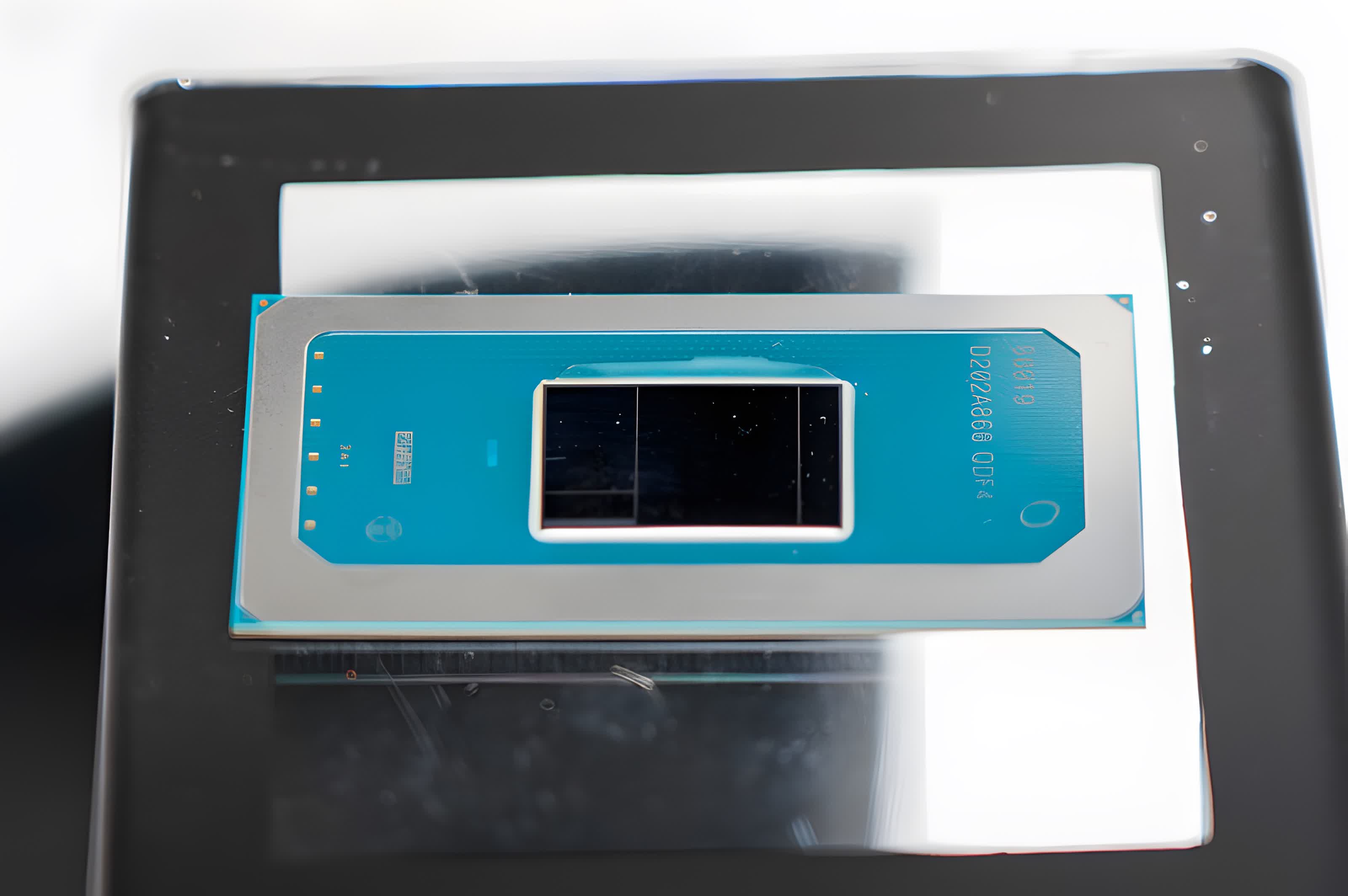
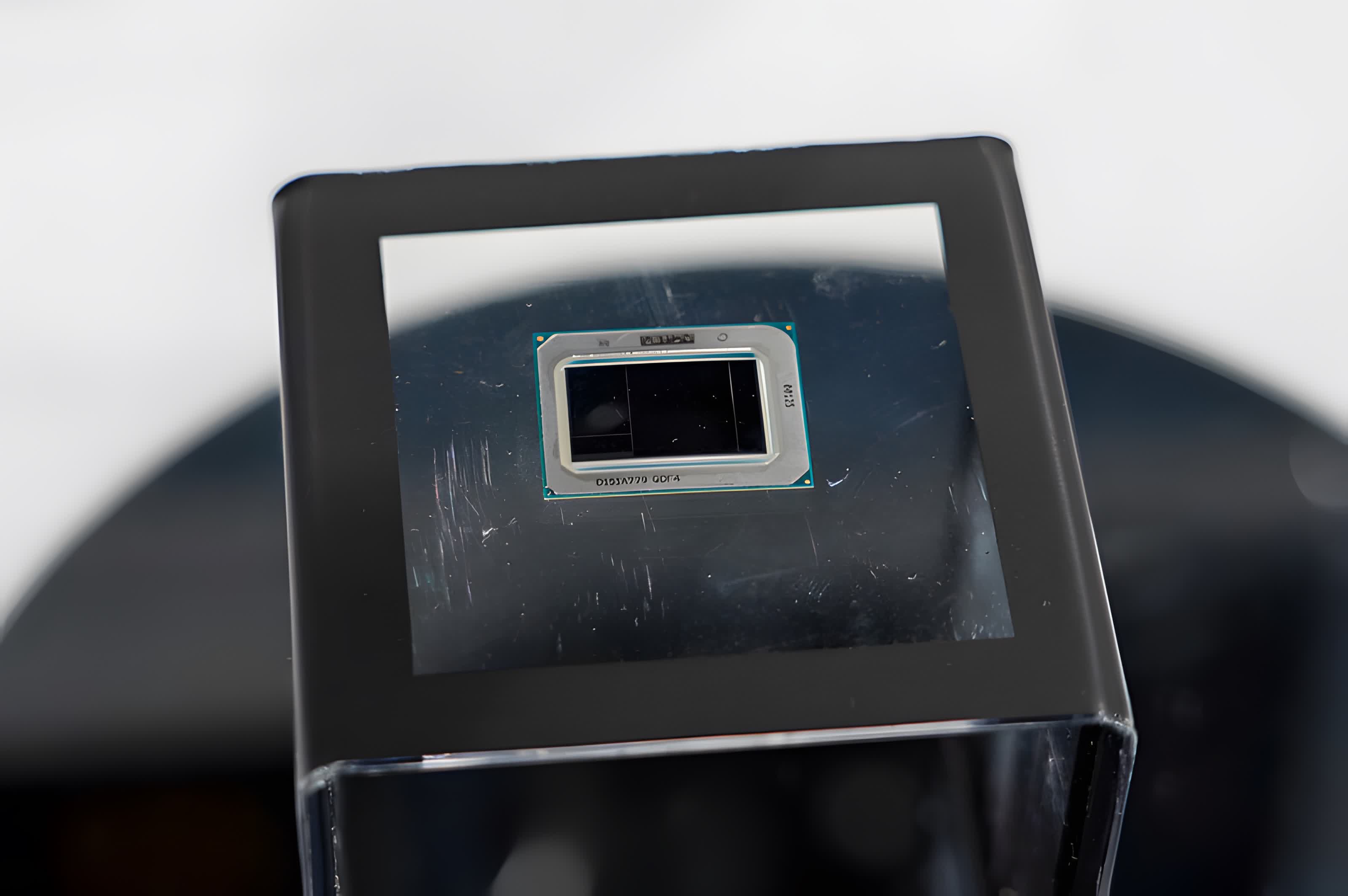
As for Meteor Lake, it will be Intel's first consumer CPU lineup to use a tiled architecture that leverages the company's Foveros 3D-stacking and packaging technology. Pictured above are two Meteor Lake CPUs that will supposedly power ultrabooks and 2-in-1 systems.
Details are scarce at the moment, but Intel says it's on track to ship these to its OEM partners in 2023. According to supply chain insiders, the company will use a mix of process technologies such as Intel 4 as well as TSMC's N5, N4, and N3 nodes. The "compute tile" that will contain the performance and efficiency cores will supposedly be made using Intel 4, the Xe GPU tile could be based on TSMC's N3 node, and the SoC-LP Tile will be manufactured on an N4 or N5 node.
It's something of an open secret that Intel has secured the majority of TSMC's 3nm capacity, which will no doubt impact AMD and Apple in the short term. However, it will give Intel some flexibility with how it designs its products. The compute and GPU tiles could be scaled up and down to create a variety of SKUs, and the multi-die approach could also lead to better yields.
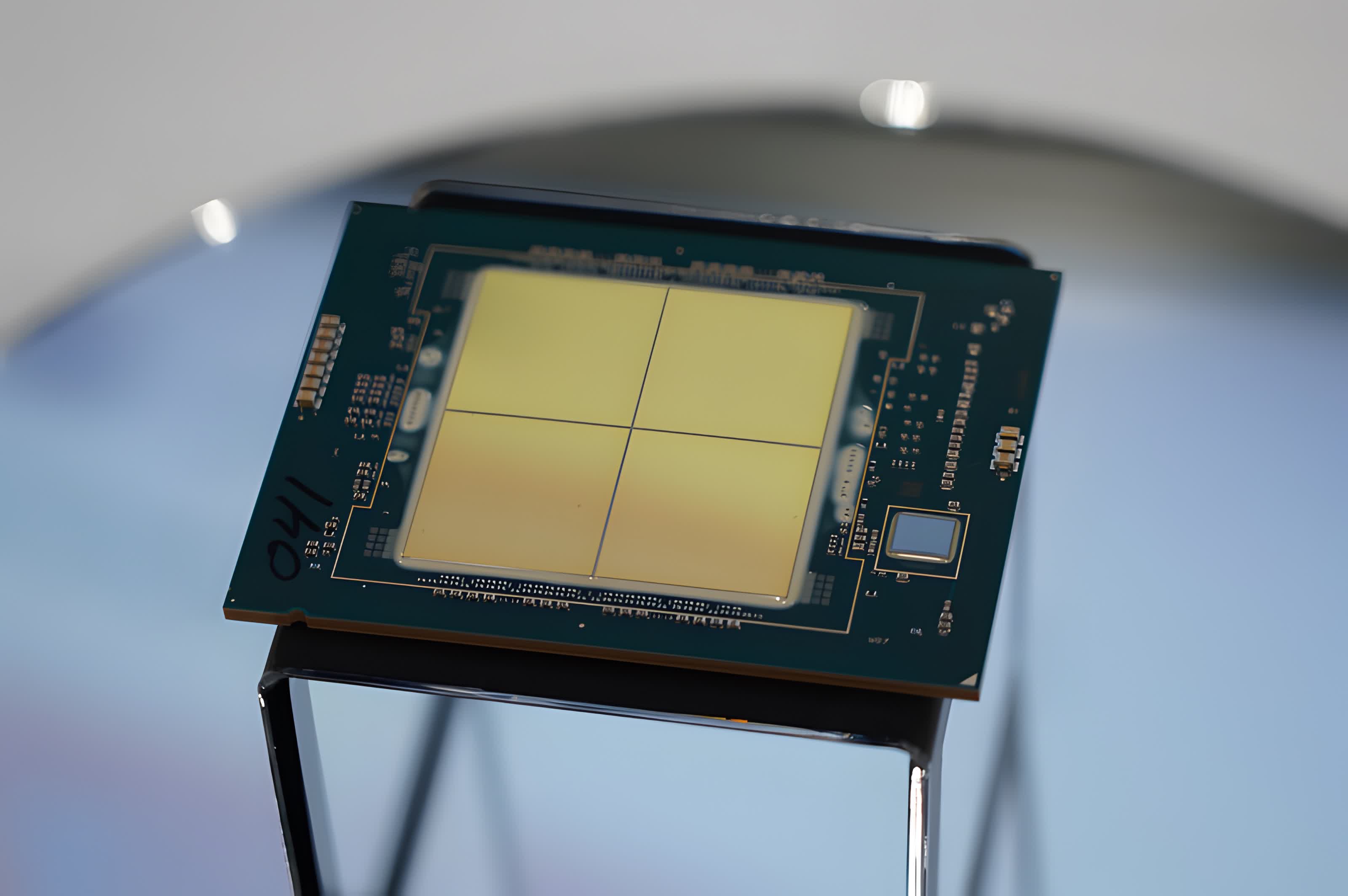

Two other chiplet designs that made an appearance at Vision 2022 are Intel's gargantuan Sapphire Rapids CPUs in both non-HBM and HBM2e configurations. The company has spent a lot of resources on Linux support for HBM2e, which is considerably faster than DDR5. Intel says four HBMe stacks give its Xeon Scalable processors access to no less than 1.84 terabytes per second of memory bandwidth, which is pure gold for data centers and other high-performance computing applications.
Finally, Intel showcased what is probably the most impressive of its tiled package designs --- Ponte Vecchio. Intel's own Raja Koduri calls it the "father of all GPUs," and that seems like a fitting title for a data center GPU with 47 tiles and around 100 billion transistors.
Earlier this year, Apple introduced an equally insane contraption in the form of the M1 Ultra chipset.
Ponte Vecchio GPUs and Sapphire Rapids CPUs are at the heart of Argonne National Laboratories' Aurora supercomputer, which will deliver two exaflops of performance to scientists engaged in cancer research, climate modeling, and more.
Images: PCWatch
